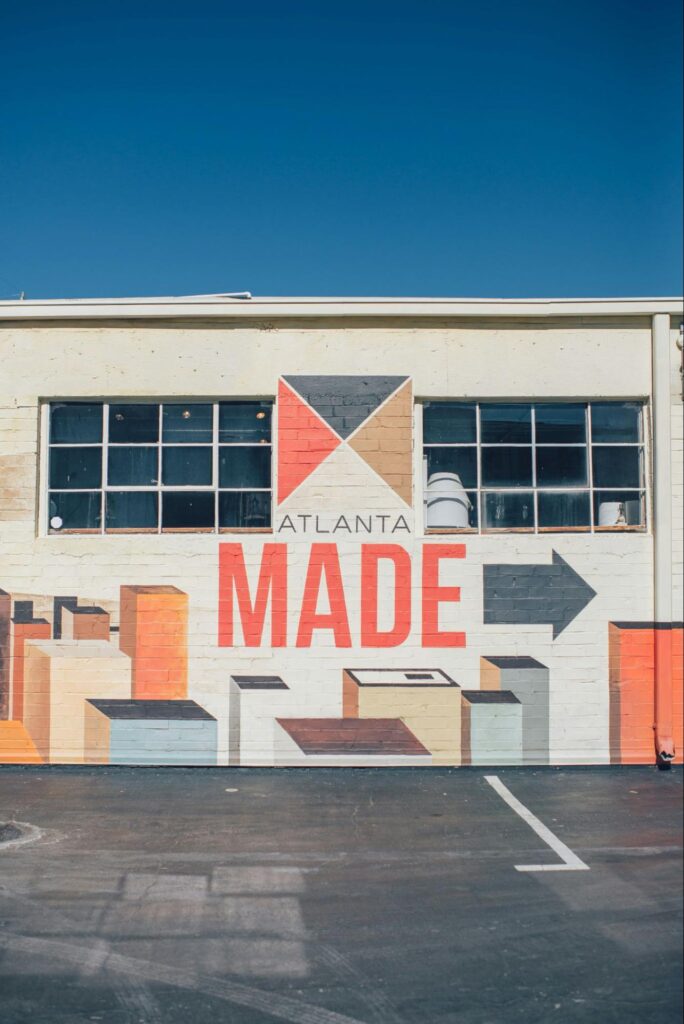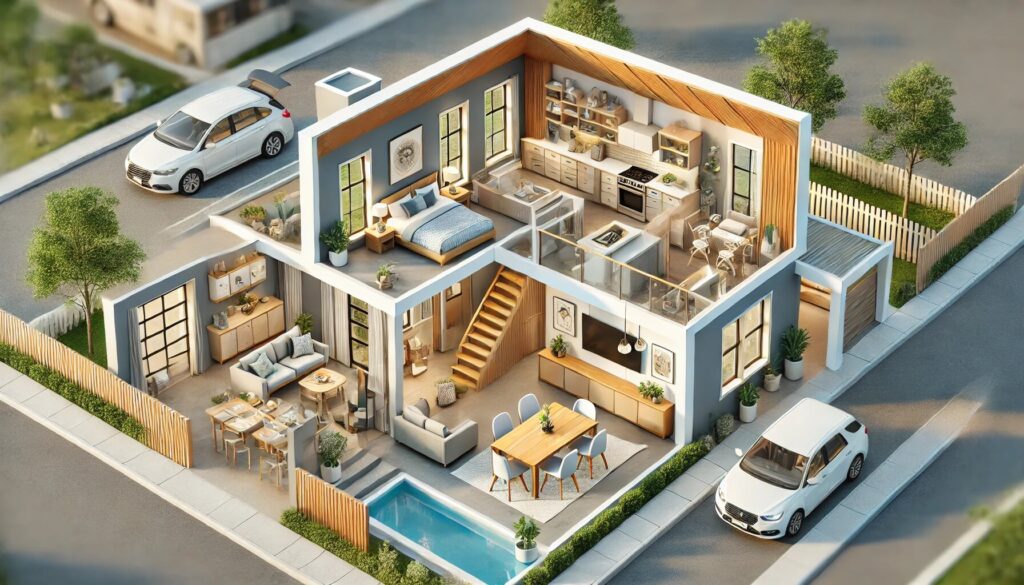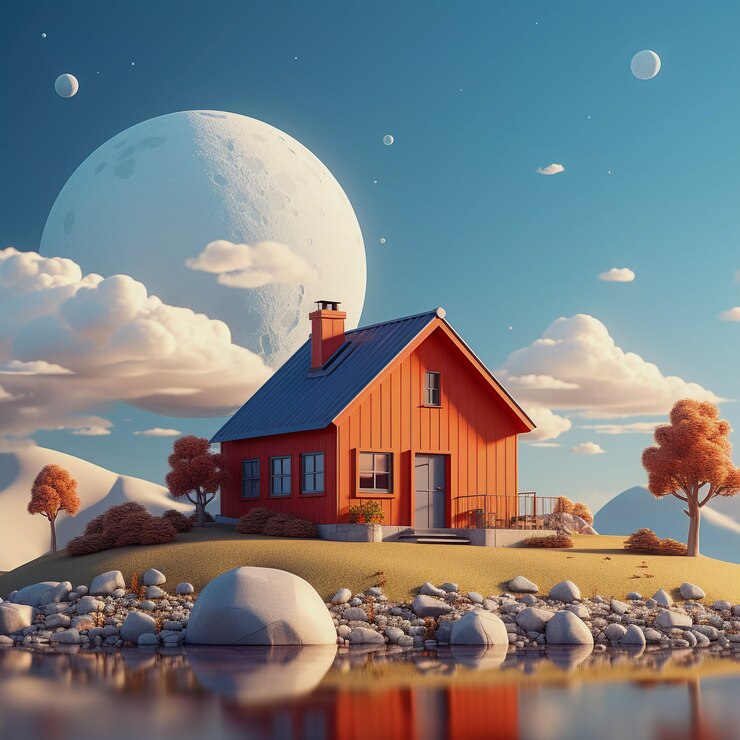Hardwood flooring has been around since the 1600s, when wood planks were left unfinished and supported by joists over dirt or stone. By the Baroque Era (1625-1714), artistic craftsmanship flourished, with French parquetry and marquetry introducing intricate patterns made from carefully cut and fitted pieces. These three-dimensional designs were scraped, rubbed with sand, stained, and polished to a sheen, showcasing meticulous attention to detail. Only affluent clients and royalty could afford such high-end flooring, while the merchant class imitated these styles with painted alternatives.
Some of the carefully installed floors from higher levels of historic buildings still exist after 800 years. Over time, flooring options evolved, and while cheaper imitations did not stand the test of time, the artistry of true hardwood flooring remains unmatched.
Also Read: 1925 ohio types of hardwood floors
The Early Decades of Hardwood Flooring History
In the early days, American colonists used the vast forested lands of North America to build plank floors in their homes. These floors were made for comfort and practicality rather than style. Wide planks of unfinished wood were installed, and over time, they became smooth as people walked over them. Unlike today’s polished flooring, these floors were simply worn down by use.
During the Victorian era (1840–1910), European influences brought parquet flooring into the wealthiest American homes. Factories began mass-producing wood flooring, making it more accessible. One popular option was “wood carpet,” advertised as an easy-to-install solution. It consisted of thin 1 1/2″ by 5/16″ wood strips glued onto heavy canvas rolls. Homeowners with basic carpentry skills could install it using tacks and tiny brads, which were countersunk and filled. Once installed, the flooring was scraped, sanded with a 25-pound block, and then finished with varnish, hot wax, and buffing. Though cheaper and beautiful, this method had its downsides—squeaky floors, splits, and cracks made them less durable than handmade planks.
Evolution of Hardwood Flooring in the Early 20th Century
During the Edwardian Era (1901-1914), hardwood flooring underwent a major transformation with the introduction of tongue and groove construction. This method allowed planks to be leveled before installation, creating a polished, uniform look that remains familiar today. Floors were often laid over concrete slabs, with hot tar used as an adhesive. Every step of the process—scraping, sanding, shellacking, waxing, and buffing—was done by hand, relying on cheap laborers to achieve an impressive finish. The herringbone pattern became especially popular, and many of these floors were either rescued and refinished or remain in use even now.
By the 1920s, linoleum and cork flooring emerged as trendy alternatives, offering easier installation and maintenance. However, hardwood maintained a small market share. The 1930s saw an improvement with polyurethane finishes, introducing a no-wax solution that kept wood floors appealing and popular. After World War II, carpeting became a dominant choice due to its affordability and inclusion in home loans. In response, the hardwood industry attempted to compete by cutting corners on labor costs. Installers faced drastic pay cuts and had to work at a frenetic pace, leading to poor quality, especially in parquet flooring.
Sloppy installations resulted in a public perception that hardwood had become a common, low-cost option rather than a luxury, temporarily losing its prestigious reputation.
Read About murray franklyn huntington floor plan 2012 model
Modern Advancements in Hardwood Flooring
The late 1980s marked a shift in the world of hardwood flooring, with the return of a clean and classic look. Prefinished woods became popular, offering a more convenient option compared to traditional parquetry with its intricate patterning. However, early prefinished planking had common issues, such as splintered edges due to how it was constructed. Over time, the manufacturing process improved, producing smoother, more durable flooring that was far superior to what was available in the past. Unfinished wood floors also remained an option, allowing homeowners to have them finished on-site after installation for a more even and impenetrable surface.
Despite these advancements, hardwood flooring has been at the center of controversy regarding environmental issues. Unethical logging practices threaten old-growth forests, which are vital to the world’s oxygen supply. Since hardwoods take nearly 30 years to mature, there were concerns about their sustainability. However, with ethical harvesting, reclaimed and recycled hardwoods, and proper installation and care, these floors can last a century or more. In 2008, an amendment to the Lacey Act addressed these issues, ensuring that each link in the chain—from logging to sale—is responsible for researching and documenting the wood’s origins.
Foundations of Hardwood Flooring
Since the dawn of time, wood has been a prized building material, shaping civilizations and helping humans conquer hurdles in creating permanent settlements. Early indigenous tribes across North America, particularly those living in wooded areas, relied on trees as a vital natural resource. They crafted homes, canoes, tools, and storage vessels from lumber, refining their skills over generations. Longhouses, built with sturdy boughs and branches, stood as remarkable structures, offering warmth and durability. As villages grew, timber became essential for constructing residences, with architects using old-growth trees to ensure strength and longevity.
By the Middle Ages, flooring evolved from simple dirt surfaces, which were difficult to maintain and often became cracked, dusty, or wet, to more refined wooden planks. Trimmed timber was laid across support beams, creating the first structured floors. These wooden surfaces, recorded in historical reliefs, marked a shift towards uniform flooring that could withstand weather changes and wear over time. As second floors became common, architects continued to perfect their craft, using planks and beams to build more sophisticated structures.
Today, the rich history of hardwood flooring remains evident in modern designs, drawing inspiration from centuries of craftsmanship. The durability and natural beauty of wood have stood the test of time, making it a timeless choice for homes and buildings worldwide.
From Then to Now
Hardwood flooring has a long history, with its earliest versions looking quite different from the polished wood beauties we see today. In earlier years, builders relied on natural materials, selecting planks from vast old-growth forests. These ancestral floors were rough and hand-hewn, shaped more by booted feet over generations than by tools. Unlike today’s smooth, sanded styles, these planks were left untreated—no paint, stain, or finish—allowing them to wear down naturally. With an abundance of forestland, wood was an affordable choice, making importing other materials unthinkable for the common man. Historical homes from this era still showcase these exceptionally wide planks, a testament to the function-driven approach of early builders.
During this time, felling enormous trees required hard work, so craftsmen made fewer cuts, resulting in planks that often reached anywhere from eight to sixteen feet in length and as wide as twenty inches. The dimensions weren’t a matter of fashion but pure function. Carlisle engineers and other builders selected materials that fit the needs of the time, and their choices shaped the flooring norms we see in historical homes today. The process of installing floors was simple—just laying down wide planks directly on the ground. These floors carried a unique character, defined by the rough textures and natural patterns that formed over years of use. Despite modern advancements, the essence of those early floors remains a part of the hardwood flooring industry today.
A Changing Trend in Hardwood Flooring
Hardwood flooring has seen many ups and downs over the years. In the 1920s, it was a common choice, but when the stock market crash and the Great Depression hit, people sought cheaper alternatives for repairing their homes. Hardwood, seen as expensive due to its high cost and upkeep, quickly lost favor. By the 1960s, it had become a hazy memory, especially after the U.S. Federal Housing Authority in 1966 approved carpeting as part of a 30-year mortgage plan. This shift made homeowners and homebuilders turn to carpeting, which was easier and faster to install. The hardwood flooring industry saw a decline until its resurgence in the mid-1980s.
By the 1990s, the interior design community rediscovered the allure of wooden flooring, once again associating it with wealth and quality. Modern trends embraced a classic look with a twist, favoring traditional planks like domestic oak and reclaimed pine, along with exotic hardwoods such as Brazilian Cherry and sustainable species like Maple. With a wide range of styles, types, and species, this ancient material returned to favor, proving that good design always comes full circle.
Modern Hardwood Flooring Trends in 2025
Hardwood flooring has come a long way, evolving with new trends while keeping the charm of the old. Homebuyers today are moving away from the skinny boards and golden hues of the mid-century and embracing a modern look with bold stain choices. From extreme espresso to nearly white, color preferences now span the entire wheel, offering more options than ever. Warmer tones dominate, with strong shades of reds, browns, and yellow undertones, often appearing in homes with stormy gray walls. Many prefer pure browns with hints of blue or gray underneath, creating a sophisticated contrast. Woods like Ebony, Walnut, and Oak are in high demand, admired for their natural graining.
Though darker floors make a statement, they can be challenging to maintain, showing dirt and scratches more than their lighter cousins. However, the payoff is worth it, as these floors add character and depth to any space.
A Timeless Comeback
Hardwood flooring has always been a classic choice, but today, we see a strong resurgence of old styles blending with modern trends. Homeowners now desire reclaimed and antiqued woods that showcase time-honored craftsmanship and meticulous hand-finished details. European Classic floors, thoughtfully selected for their distinctive look, are making a comeback, with Ash hardwood flooring being widely installed. The natural figuring and characteristics of timber stand apart, creating a warm, traditional aesthetic. Matte and satin finishes have become more popular, replacing extreme glossiness, as they help hide scuffs and scratches—a win-win for homeowners.
The color choice also plays a role, with gray and white-washed tones leading the trend. Wooden floors have endured for centuries, proving to be a sustainable investment that suits changing tastes. With modern technology and an emphasis on quality, hardwood flooring remains a staple in home fashion, expected to stand the test of time far into the future.



